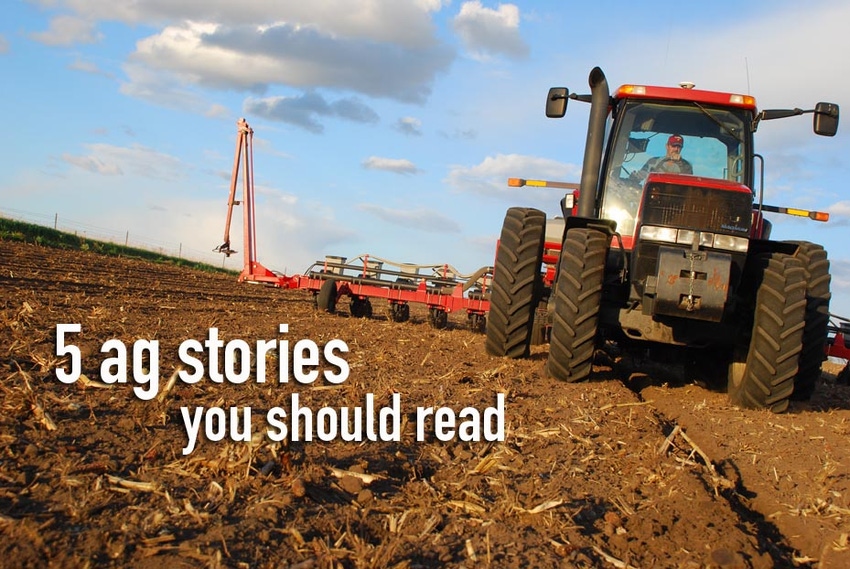
1. Corn planting pace is slowly falling behind average. The USDA Planting Progress report this week showed overall corn planting progress at 6%. The five-year average is 14%. Despite the delay in getting in the field due to wet and cold soil, Ohio State University Extension experts say the delay isn’t a concern yet.
"I'm really not surprised that we're not seeing more corn planted," said Peter Thomison, an Ohio State University Extension agronomist. "We've had a wet April so far but in previous planting seasons we've experienced wet Aprils with conditions then turning warmer and dry and growers able to get planting done normally.”
Read the story from Ohio State.
2. LG Seeds addressed late planting this week, reminding growers that planting into excellent soil conditions is critical to crop development.
Planting the seed in excellent soil conditions leads to adequate seeding depth, good seed-to-soil contact and even, uniform emergence. If you are conventional, minimum or no-till farming, planting into or working the field when it’s on the wet side could lead to problems throughout the growing season.
Read more about reducing compaction this season from LG Seeds. Listen to their latest audio about planting timing.
3. You take great pride in the land you farm. And with every day being "Earth Day" to farmers, it’s always good to take time to think about soil health, and the impacts of how we treat our soil. Read these stories, and think about soil health issues like compaction, soil microbes, organic matter, conservation efforts, runoff, tillage and erosion.
View the photos and read the soil health stories.
4. You and your landlords will soon be faced with a big choice from the new farm bill. Choose ARC or PLC. The University of Illinois offers scenarios and information about crop year price changes and how that will affect PLC payments.
The behavior of prices is usually investigated by examining the characteristics of change in price. Change is commonly measured as percent change. The change of interest in this study is the percent change in price between crop years. A potential multiple-year price behavior characteristic that is of interest is whether price change, especially large price change, may persist to some degree across crop years. A reason price change may persist is the well-known inelastic short-term supply and demand for most crops.
Read more and see graph examples of the PLC payment options.
5. Whether you believe in climate change or not, scientists are preparing for it. A recent soybean plant study from NASA (yes, the National Aeronautics and Space Administration) showed that they can be redesigned to increase crop yields.
The study found it is possible to increase soybean productivity by seven percent without using more water. Soybean plants also could be redesigned either to use 13 percent less water or to reflect 34 percent more light back to space without a loss of crop yield.
Read more about NASA’s soybean plant research.
 You might also like:
You might also like:
About the Author(s)
You May Also Like




